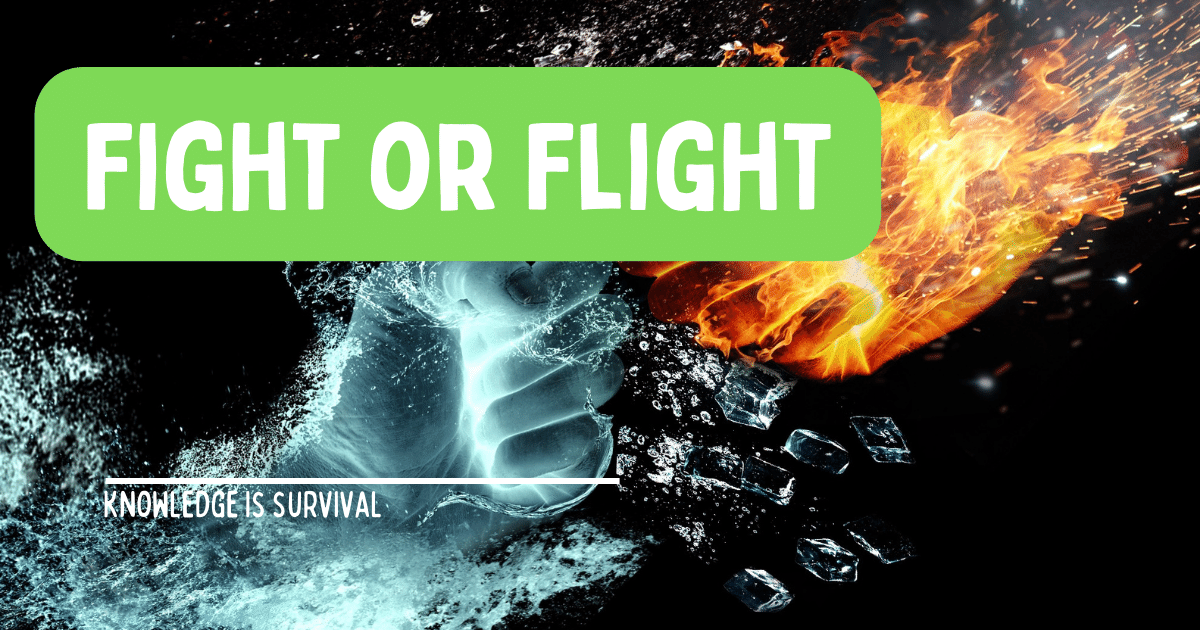Fight or flight is a physiological response to a perceived threat or danger. It is an automatic reaction that prepares the body to fight off or flee from the threat. This response involves the release of hormones such as adrenaline and cortisol, which increase heart rate, blood pressure, and respiration while decreasing digestion and immune system function. The fight or flight response helps individuals respond quickly in dangerous situations and can lead to chronic stress if activated too frequently.
The fight or flight response can be triggered by various scenarios perceived as threatening or dangerous. Some common examples include:
- Physical danger: For instance, encountering a wild animal, being in a car accident, or facing an attacker.
- Psychological stressors include public speaking, job interviews, financial difficulties and relationship problems.
- Social situations: Being bullied at school or work; feeling ostracized from social groups
- Medical conditions: Painful medical procedures such as injections and surgeries may trigger the fight-or-flight response in some individuals.
- Emotional trauma: experiencing loss of loved ones, betrayal etc
In all these scenarios, the body responds to perceived threats with increased heart rate and respiration, preparing it to fight off or flee.
Tips on how to keep calm in fight or flight scenarios:
- Take deep breaths: This can help slow down your heart rate and reduce feelings of anxiety.
- Focus on the present moment: Do not dwell on what might happen next but on what is happening right now.
- Use positive self-talk: Remind yourself that you can handle this situation and stay focused.
- Visualize a calming image or scenario: Imagine yourself in a peaceful place or doing something relaxing.
- Move your body: Exercise physical activity such as stretching, walking, or running to release pent-up energy and tension.
- Practice mindfulness meditation techniques like observing thoughts without judgment while being aware of breathing patterns
7. Seek professional support from mental health professionals if needed
Closing remarks
In conclusion, the fight or flight response is the body’s natural and automatic reaction to perceived threats. It prepares us to either confront the danger or flee from it. This response involves various physiological changes, such as increased heart rate, breathing rate, and blood pressure. While this response can be helpful in certain situations, chronic fight-or-flight response activation can lead to negative health consequences. Therefore, it is important to learn how to manage stress and anxiety effectively to avoid prolonged activation of this response.

